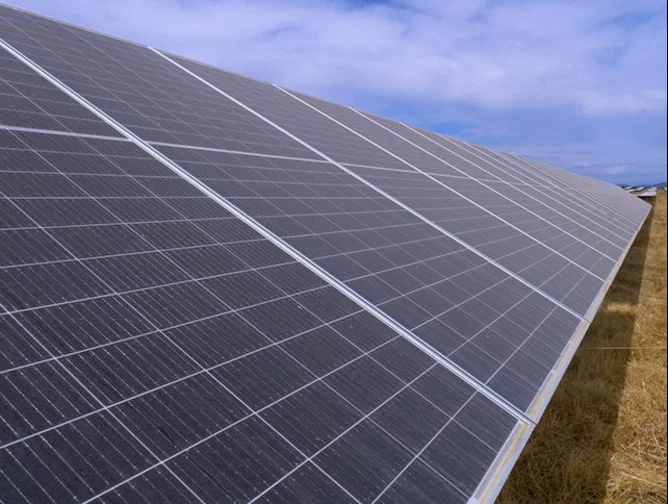
Iberdrola, the Spanish energy giant, has said that the Francisco Pizarro project in Extremadura – the largest photovoltaic project in Europe and the largest facility of its type operated by the group anywhere in the world – has begun operations.
Located within the municipalities of Torrecillas de la Tiesta and Aldeacentenera (Cáceres), the plant has an installed capacity of 590 megawatts (MW), a statement from Iberdrola said. It is made up of approximately 1.5m photovoltaic modules that will generate enough clean energy to supply more than 334,000 homes – more than the populations of the cities Badajoz, Cáceres, Plasencia and Don Benito combined.
Francisco Pizarro project to prevent 150,000tns of CO2 emissions
The Francisco Pizarro project will prevent the emission of 150,000 tonnes of CO2 into the atmosphere per year, the statement added. The total investment into the project has been more than €300m, and it has generated more than 1,500 jobs during peak construction periods – 60% of which were filled by local workers.
Iberdrola said that it has guaranteed the viability of this project by signing long-term power purchase agreements (PPAs) with leading companies across different sectors. Thus, the company will supply 100% renewable electricity from this plant to Danone, Bayer and PepsiCo to cover the energy needs of their centres in Spain.
“These contracts bring stability to investments and have become an optimal tool for managing the electricity supply of large customers committed to accelerating the energy transition to reduce dependence on fossil fuels and to clean and sustainable consumption,” the company said in its statement.
Preserving the natural environment and historical sites
Iberdrola added that during the execution of the project, it guaranteed that the natural environment and archaeological remains discovered due to previous prospecting works, would remain preserved at all times.
Some twenty rock formations with rock art, mainly prehistoric, and three archaeological sites dating from the Ancient and Medieval periods were located.
Following the discovery, all the necessary measures were taken for the control, excavation and safeguarding of these remains by the company.
“In terms of environmental protection, specific measures were taken to improve forest fauna habitats, such as the creation of a controlled reproduction centre for rabbit breeding, the installation of nesting boxes and the establishment of bird feeding protection areas. Iberdrola also participated in the Spanish Ornithological Society's (SEO) campaign to monitor steppe birds in Extremadura, identifying and protecting a breeding area for these birds, specifically the little bustard. In addition, the plant has an environmental integration plan that allows the land to be used as pasture for sheep farming in the area,” the statement said.
The Iberdrola group has an installed capacity of more than 19,300MW across Spain. It predicts that in the coming years, that capacity will reach 25,000MW thanks to various investment plans. It said that it plans to allocate €14.3b by 2025 to the deployment of a renewables and smart grids plan.
The region of Extremadura is expected to play a key role in this development. Between the years of 2020 and 2025, the company will install more than 2,800MW of renewable energy in the region, at an investment of more than €1,700m. Over the five-year period, this is expected to generate more than 7,500 jobs.